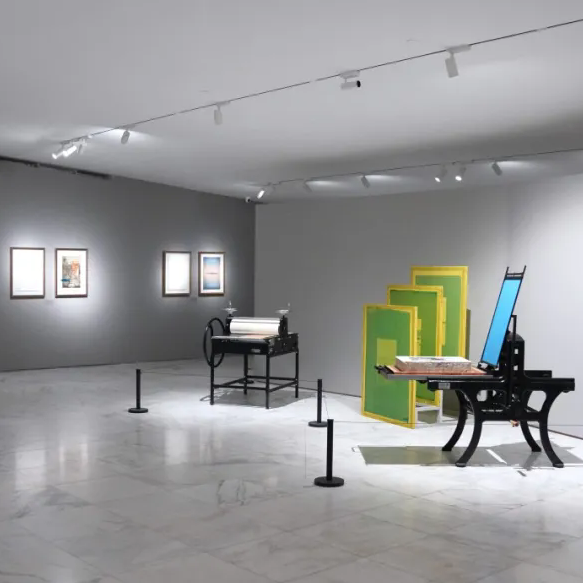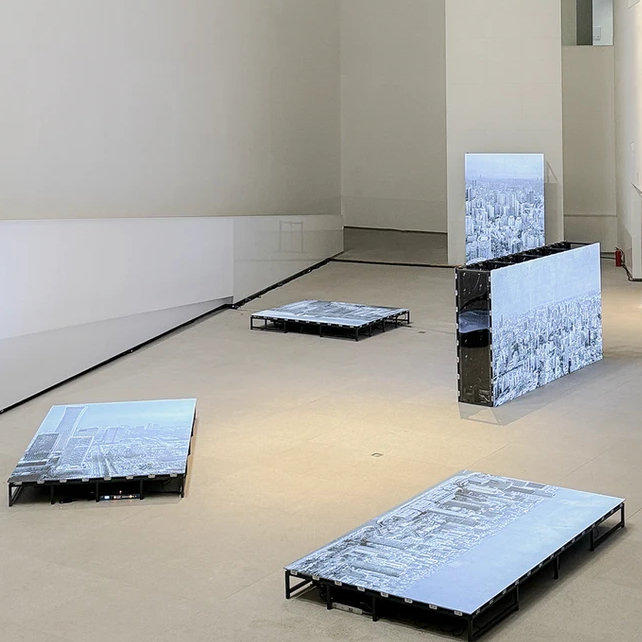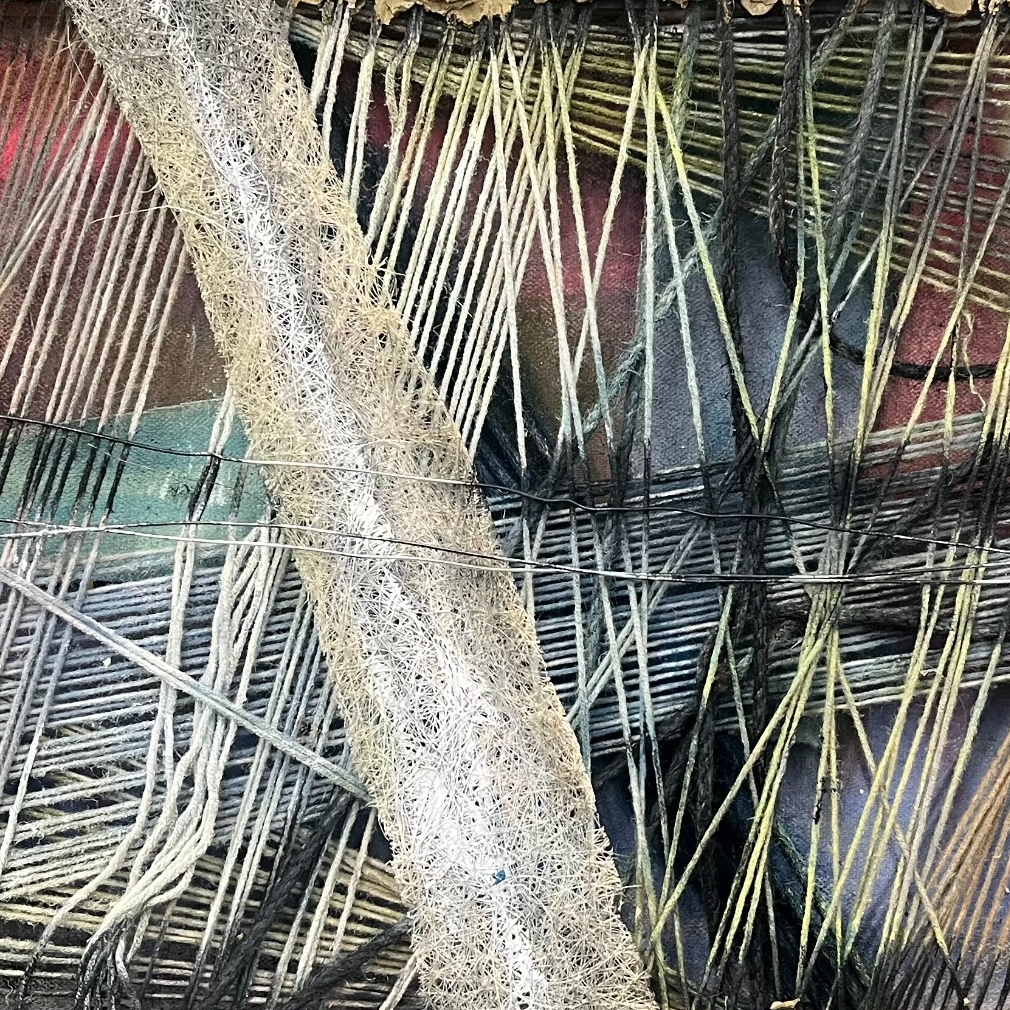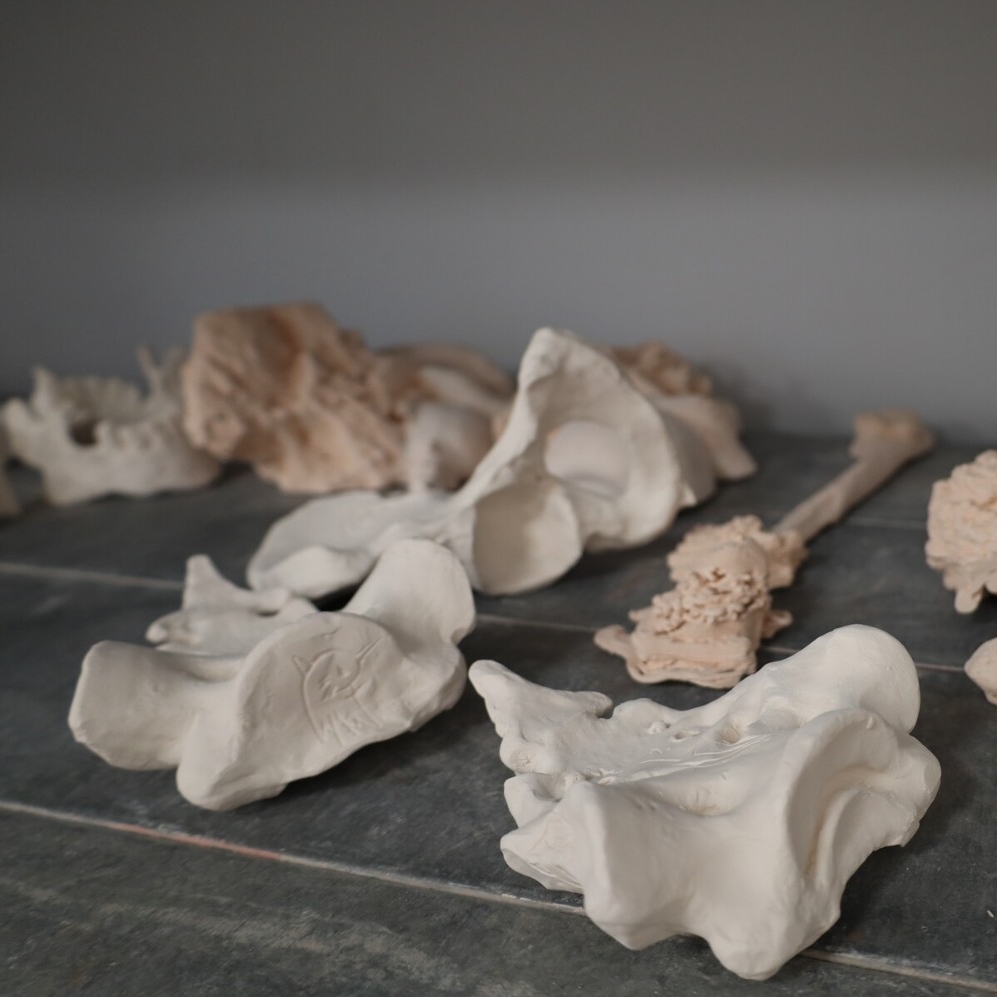After a year’s pandemic delay, the Whitney Biennial 2022 officially kicks off with the theme “Quiet as It’s Kept” on April 6, 2022, while the previews for members started on March 31, 2022. The eightieth edition of the Whitney Biennial is co-curated by Adrienne Edwards and David Breslin, featuring an intergenerational and interdisciplinary group of sixty-three artists and collectives whose dynamic works reflect the challenges, complexities, and possibilities of the American experience today.

“Quiet as It’s Kept” —The Whitney Biennial 2022
Regarding the 2022 Whitney Biennial...
Since 1932, the Whitney Biennial has surveyed the landscape of American art, reflecting and shaping the cultural conversation. If we pay attention to the time span of this edition of the Whitney Biennial from its beginning to its opening, it is not difficult to realize that the biennale has precisely covered the chronicle of events in American society in recent years. The planning of the biennale by the curatorial teams was initiated in late 2019—prior to the outbreak of the pandemic, the uprisings demanding racial justice, the widespread questioning of institutions and their structures, and the 2020 presidential election. Currently, however, Adrienne Edwards and David Breslin have clearly realized that although the underlying conditions of all conflicts, separations, and altercations that broke out with the pandemic are not fresh, they have gradually reconstructed a context in which past, present, and future folded into one another.

Whitney Biennial 2022 curators Adrienne Edwards and David Breslin. Photograph by Bryan Derballa
Abstract, conceptual, personal narrative, boundaries, intergenerational and interdisciplinary, etc., these terms are regarded as the keywords of the Whitney Biennial 2022. In the conception of the curatorial team, in this series of extremely rich and diverse hunches, the physical and psychological boundaries behind the word “America” would be enriched and expanded through the communication of artworks. At the same time, the current situation would also be re-imagined by art forms and artists that we have not yet recognized or neglected so that the boundary and space of art creation will be re-explored and re-discussed.
 Daniel Joseph Martinez photographed himself in the guise of five pop-cultural “post-human” antiheroes, including Frankenstein, Count Dracula and the Alien Bounty Hunter from “The X-Files.” Credit. Charlie Rubin for The New York Times
Daniel Joseph Martinez photographed himself in the guise of five pop-cultural “post-human” antiheroes, including Frankenstein, Count Dracula and the Alien Bounty Hunter from “The X-Files.” Credit. Charlie Rubin for The New York Times
Compared to a unified theme that many other large-scale international exhibitions tend to choose, the Whitney Biennale’s theme “Quiet as It’s Kept” seems to contain some implications. This colloquial phrase has been invoked by novelist Toni Morrison, jazz drummer Max Roach, and artist David Hammons in their works, which are typically said before something—often obvious—that should be kept secret. Hence, it is obvious to see the helplessness and criticism regarding the self-evident realities that the biennale intends to convey.
Indigenous artist Rebecca Belmore, ishkode (fire), sculpture, clay and bullet casings, 2021
In the background, Guadalupe Rosales’s photographs of East Los Angeles, 2022. Credit. Charlie Rubin for The New York Times
In the interview with the curators, David Breslin mentioned that “one thing that we resolved was to have the two main floors of the exhibition feel completely different from each other to address the polarity of the moment.” Specifically, the fifth floor without any permanent architecture is light-filled, which implies an unstable but open atmosphere. While on the contrary, the sixth floor, is more like a labyrinth with dark walls, a space in which visitors are more easily to be guided the directions. Meanwhile, Breslin also mentioned their constant considerations in terms of activation, change, or metabolism, as well as making the show with a “life”, from the very beginning. The ideas will be embodied in the fact that different works would be “changed” or “developed” during the show’s run at several various points. By doing so, it echoes the turbulent situations and the responsibility of the museum for these unstable changes currently.

Adrienne Edwards visiting an artist’s studio. Photograph by David Breslin

The Biennial curators travel together for site visits. Photograph by David Breslin
It is reported that the Whitney Biennial 2022 will remains on view till September 5, 2022.
Editor’s Choice of the Must-Sees at the 2022 Whitney Biennial
Rebecca Belmore
Canadian Anishinaabe artist Rebecca Belmore made an arresting figure in the sculpture. She draped an actual sleeping bag to create the contours of a human body and cast it in clay. A faceless figure stands amidst thousands of empty bullet castings which become a protective barrier. It implies as Belmore puts it, “our inability to overcome the violence we continue to wage against each other—and the violence we commit against the earth.”

Rebecca Belmore, prototype for ishkode (fire), 2021. Clay and bullet casings. Collection of the artist; image courtesy the artist. Photo: Henri Robideau
Tony Cokes
Tony Cokes are known for combining mass culture, ideology and the Black experience in his video installations. As Cokes has put it, his works are “all about America in one way or another.” For the Biennial, he made videos about police violence and the pandemic showing the words of the Sex Pistol’s John Lydon, U.S. civil rights hero and statesman John Lewis, and the twenty-three-year-old Elijah McClain who died after being placed in a chokehold by police in 2019.
 HS LST WRDZ, 2021
HS LST WRDZ, 2021
Theresa Hak Kyung Cha
Considered an avant-garde artist, Theresa Hak Kyung Cha’s interdisciplinary background was evident in Dcitee, which experiments with juxtaposition and hypertext of both print and visual media and it has exerted a great influence on following American artists of Asian origin. A mini-survey devoted to Theresa Hak Kyung Cha and the video installation that Na Mira paid homage to Theresa are text-based and time-based works. Using an infrared night camera, Mira reflects on how mythology intersect with contemporary lived experiences of violence, colonialism and desire.

A still from Theresa Hak Kyung Cha’s Permutations, 1976. 16mm film, black and white, silent; 10 min. University of California, Berkeley Art Museum and Pacific Film Archive; gift of the Theresa Hak Kyung Cha Archive


Na Mira, Night Vision (Red as never been), 2022, Photo by Ben Davis.
Emily Barker
LA-based artist and disability advocate Emily Barker(they/them) based her work on their experiences using a wheelchair. The height of the countertops in Kitchen was exaggerated to reach 5’9” which is the average height of adult men in the U.S., showing how “the seemingly mundane built environment and the mass production of objects harm people every day.”


Emily Barker, Kitchen (2019)
Source: https://variablewest.com/2021/09/30/interview-emily-barker-eliza-levison/
James Little
Executed in oils mixed with beeswax, James Little’s work in geometric abstraction conveys the form of freedom. “Abstraction provided me with self-determination and free will. It was liberating,” he puts it.

James Little, Borrowed Times, 2021.
Photo by Ron Amstutz/Courtesy the artist and Kavi Gupta Gallery, Chicago
Andrew Roberts
Being the youngest artist in the Biennial, Andrew Roberts present a group of computer-generated people with bruised and decaying eyes in La Horda. They all wear shirts featuring the logos of tech giants, such as amazon and telcel. It anchors it production on the historical transformation of the undead, through which the artist explores how the cinematographic and video game industries have built a hegemonic perspective in which the figure of the zombie and horror genre are traversed by racial and colonial phenomena.
Andrew Roberts, La horda (The horde), 2020. Photo by Ben Davis.

Andrew Roberts, La horda (The horde), 2020 (detail). Eight-channel video installation, color, sound; each channel approx. 3-4 min.
News Roundup on Whitney Biennale 2022 by CAFA ART INFO. Courtesy of Whitney Museum of American Art, The New York Times, The Paper, ARTFORUM, etc. Check the References for more info. Edited and Translated by Sue and Emily/CAFA ART INFO
References:
https://whitney.org/exhibitions/2022-biennial
https://blog.calarts.edu/2022/01/26/calartians-selected-for-whitney-biennial-2022/
https://www.vogue.com/article/a-glimpse-into-this-years-whitney-biennial
https://graziamagazine.com/us/articles/2022-whitney-biennial-meet-the-artist/
https://www.artnews.com/art-news/reviews/whitney-biennial-2022-review-1234623262/#!
https://observer.com/list/the-must-sees-at-the-2022-whitney-biennial/
https://www.nytimes.com/2022/03/31/arts/design/whitney-biennial-review.html?searchResultPosition=2
https://m.thepaper.cn/rss_newsDetail_17287056?from=
http://www.artforum.com.cn/news/13033




























